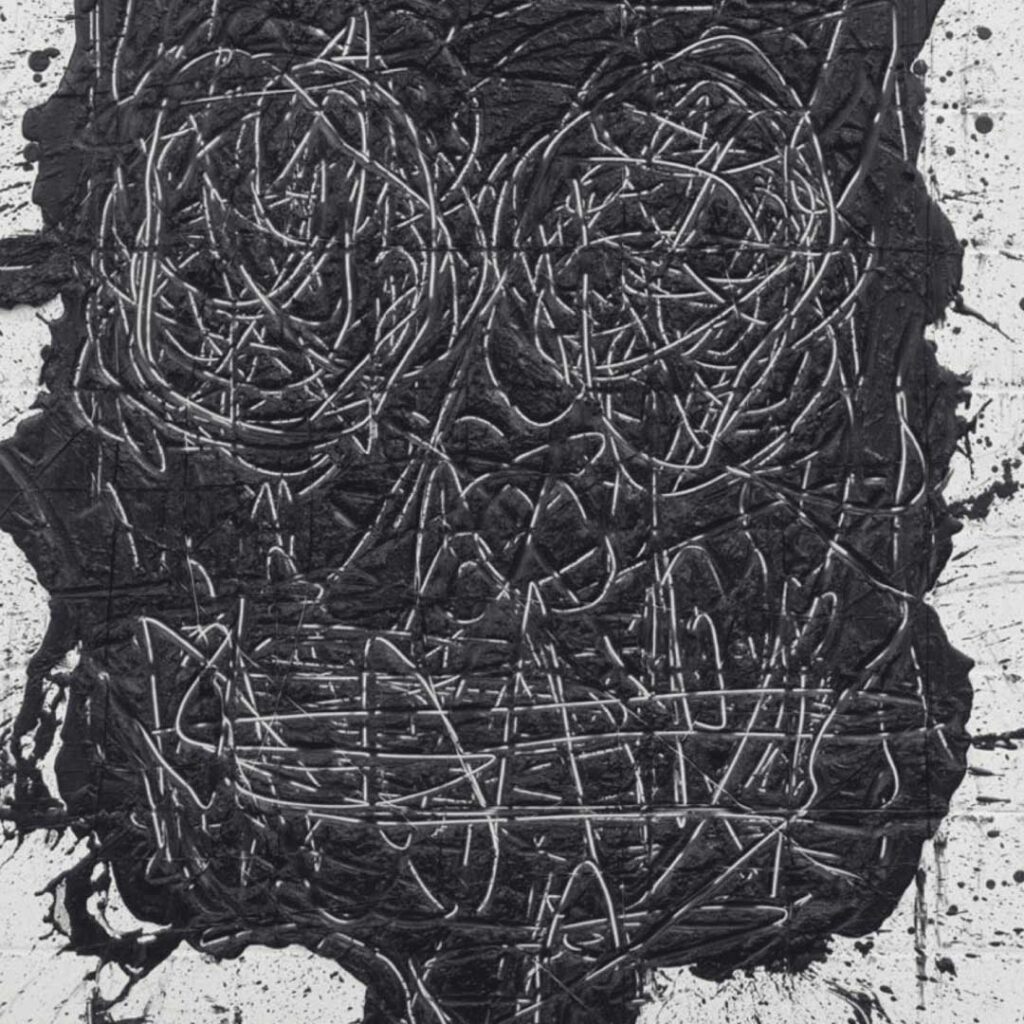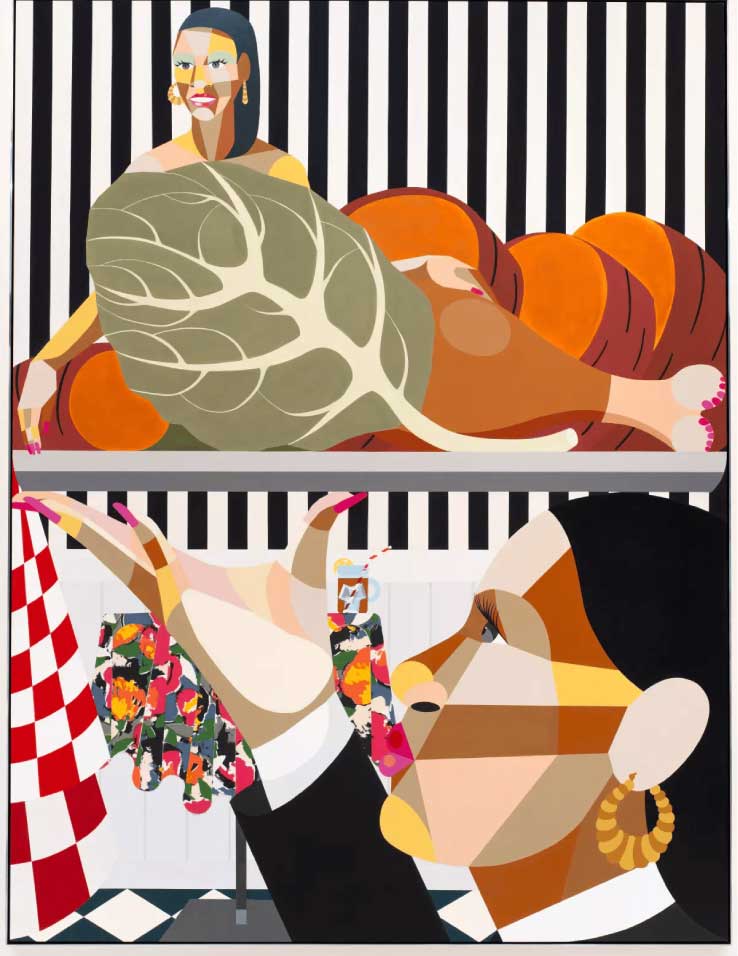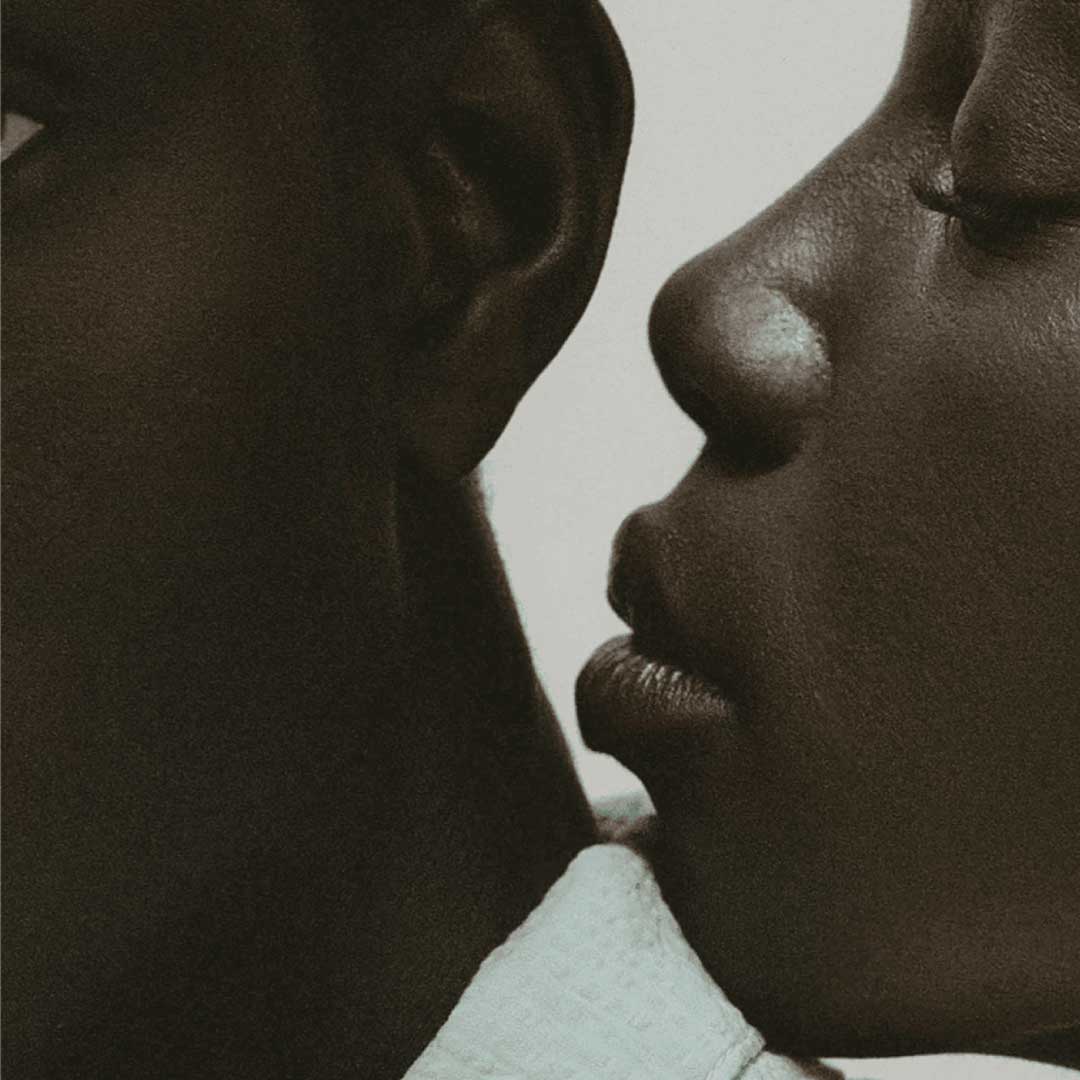Black Art and Mental Health: Expressions for Juneteenth
Juneteenth, commemorated annually on June 19, is a profound day in American history marking the end of slavery in the United States. But beyond its historical roots, Juneteenth is a time of reflection, resistance, and renewal. For many Black Americans, it is also a moment to confront the continuing impact of racial trauma and the importance of black art and mental health.
At this vital intersection lies the role of Black art as both a mirror and a tool for healing. The theme of “Black Art and Mental Health” is especially significant during Pride Month and Juneteenth, when communities seek affirmation and restoration through cultural and creative expression.
The Mental Health Landscape for Black Americans
The systemic racism and generational trauma experienced by Black communities in the U.S. have lasting effects on mental health. According to the Health and Human Services Office of Minority Health (2023), Black adults in the United States are more likely than white adults to report persistent symptoms of emotional distress, such as sadness and hopelessness. Yet, only one in three Black adults who need mental health care receive it (American Psychiatric Association, 2017).
The stigma around mental health within the Black community, coupled with barriers such as underrepresentation of Black mental health professionals, socioeconomic disparities, and racial bias in healthcare, exacerbates the issue.
This is why initiatives centered around visibility and advocacy—like those prompted during Juneteenth—are crucial. They provide space to acknowledge pain, remember collective resilience, and seek restoration.
“The Body Keeps the Score”: Trauma Lives in the Body
The work of psychiatrist Bessel van der Kolk in “The Body Keeps the Score” (2014) emphasizes that trauma is not merely a memory, but a physical and emotional imprint. This understanding is especially resonant for Black Americans, for whom the trauma of racism is both individual and generational.
Van der Kolk notes that healing often requires accessing the body through expressive outlets—such as art, movement, or narrative—which aligns closely with the role that Black art plays in the community’s mental health.
Rashid Johnson: Anxieties Rendered Visible
Contemporary artist Rashid Johnson’s work brings mental health explicitly into the realm of Black visual culture. His renowned series “Anxious Men” and “Untitled Anxious Red Drawings” depict scribbled faces and haunting repetition.
These pieces are reflections of internal turmoil and a shared experience of anxiety within a racially charged environment. Johnson has stated that his works are responses to personal emotional unrest and collective sociopolitical stressors.
Johnson’s installations—made with materials like shea butter, black soap, and vinyl—intentionally root his art in the Black experience. His work not only speaks to individual mental health but also embodies broader social narratives. It’s this dual purpose that makes Johnson’s art a vital part of the “Black Art and Mental Health” discourse.

Theaster Gates and the Rebuild Foundation: Healing through Community
Theaster Gates, another pivotal figure in contemporary Black art, addresses the interdependence of space, memory, and mental health. Through his Rebuild Foundation, Gates transforms abandoned buildings in Chicago into cultural hubs. These spaces offer art exhibitions, workshops, libraries, and musical events—all free and open to the public. More than just aesthetic renovations, they are mental wellness initiatives in architectural form.
Gates’ work speaks to the environmental determinants of health and the need for communal spaces of creativity and healing. As he told Galerie Magazine (2020),
The work is not just about beautifying spaces but about creating systems that reinforce the value of Black lives through culture.
These initiatives resonate deeply during Juneteenth and reinforce the importance of collective care.
Amy Sherald at the Whitney: Portraits of Possibility
Amy Sherald’s recent exhibition at the Whitney Museum of American Art, “American Sublime,” is another testament to the mental health impact of Black representation in art. Sherald’s iconic portraits, known for their grayscale skin tones and colorful backdrops, are deeply humanizing.
Her subjects often appear calm, reflective, and empowered—qualities that challenge media-driven tropes of Black trauma and instead present visual narratives of hope, identity, and healing.
Sherald’s approach offers a quiet revolution: it insists on the ordinary dignity and inner lives of Black Americans. This form of visual representation affirms the value of Black existence and contributes directly to a positive cultural psychology.
During Juneteenth, exhibitions like Sherald’s provide space to honor legacy and imagine futures.

Black Joy: Resistance, Resilience, and Reclamation
The concept of Black joy is increasingly recognized not just as a celebration, but as a political and psychological strategy. As defined by the National Museum of African American History and Culture (NMAAHC), Black joy is “an affirmation and an action that claims control where we can. It is not escapism or a way of avoiding reality.” Instead, it is a tool of resistance and a method of sustaining mental health.
Black joy manifests in many ways:
- Music and dance in community gatherings
- Visual arts that highlight beauty and culture
- Storytelling and literature
- Multigenerational family traditions and celebrations
According to the NMAAHC (2023), Black joy is deeply tied to resilience, and is a crucial act of reclamation.

The Role of Literacy and Visual Narrative: Black Male Literacy Artwork
Art not only expresses emotion but also educates. The Black Male Literacy artwork movement seeks to challenge the assumptions that Black boys and men are inherently disconnected from learning.
Visual artist Derrick Adams and others have depicted scenes of Black men reading, writing, and engaging in intellectual thought as acts of resistance. Such works counter harmful narratives and elevate the mental health of Black viewers by affirming their intellectual and emotional richness.
This form of art-making contributes to dismantling stereotypes and promotes self-worth, which are vital for mental wellness. Within the theme of “Black Art and Mental Health,” promoting literacy through art is both revolutionary and restorative.

Art as Therapy: Practical Impacts
The benefits of art therapy for mental health are well documented. A study published in The Arts in Psychotherapy (Kaimal et al., 2016) found that 45 minutes of creative activity significantly lowered cortisol levels, a biological marker of stress.
For Black communities, incorporating culturally relevant art therapy practices can be a path to healing from racialized trauma.
Below is a summary table highlighting how Black art connects with different aspects of mental health:
| Art Form | Mental Health Impact | Notable Example |
|---|---|---|
| Visual Art | Expressing trauma, affirming identity | Rashid Johnson, Amy Sherald |
| Architecture & Space | Creating healing spaces for communities | Rebuild Foundation by Gates |
| Literacy-Based Art | Encouraging self-worth, challenging stereotypes | Derrick Adams |
| Joy-Focused Art | Promoting resilience, resisting oppression | Cultural works on Black joy |
Community-based programs and art collectives are increasingly integrating therapeutic art practices in schools, neighborhood centers, and places of worship. These initiatives demonstrate that “Black Art and Mental Health” is not just a cultural conversation, but also a public health imperative.
Moving Forward: What Juneteenth Can Inspire
Juneteenth is not only a celebration of emancipation but also a prompt to envision new forms of freedom—including emotional and psychological liberation. It invites reflection on the current mental health disparities Black Americans face, and how cultural practices can serve as interventions.
The annual recognition of Juneteenth can encourage investment in mental health access, education, and artistic empowerment.
As we uplift the intersection of Black Art and Mental Health, we must support policies that fund Black artists, invest in mental health professionals of color, and build institutions that center healing and joy. We must also continue amplifying the voices of creators like Rashid Johnson, Amy Sherald, and Theaster Gates—who prove that healing is not only possible, but profoundly beautiful.
Art as Revolution, Art as Restoration
Black art is not simply decorative—it is therapeutic, radical, and necessary.
During Juneteenth, its role in mental health awareness becomes even more potent. From visual art to literature and music, the expressions of Black artists speak volumes about pain, hope, identity, and liberation.
Recognizing this, we see that the path toward mental well-being is not only in diagnosis or treatment, but also in creative reclamation and community healing.
If you or someone you know is navigating mental health challenges, consider reaching out to a professional. Dr. Mel Corpus and the team at Sessions Health are committed to culturally responsive care.
Healing is not a solitary act—it is a collective journey, and it begins with being seen, heard, and supported.
